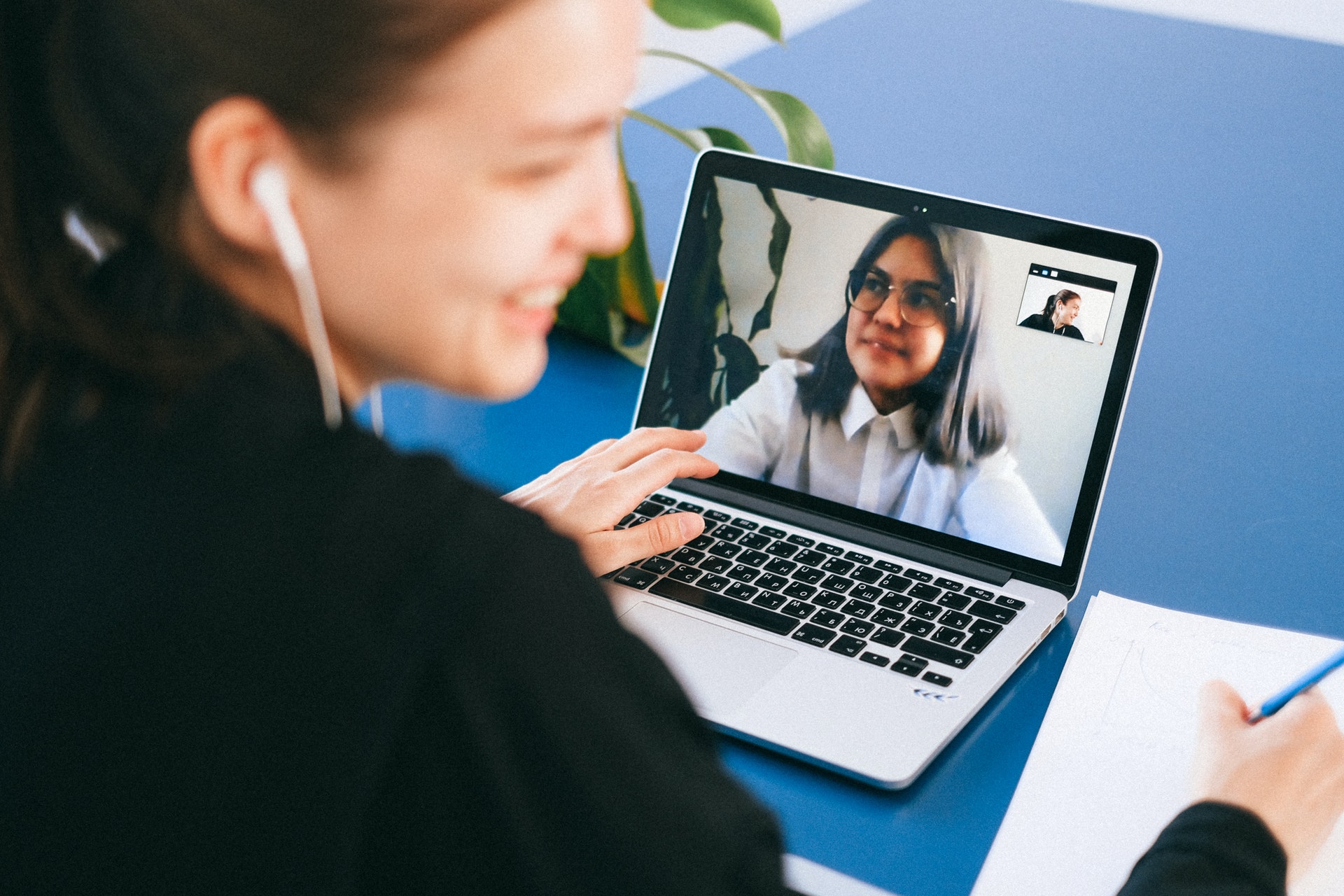We're all doing a lot more calls over Zoom this year. A LOT. A video call may not have the same impact as an in-person conversation, but it's a lot richer than a simple phone call. When used well, Zoom can be more than a simple communication channel - it can be the secret ingredient you need to get a deal over the finish line.
So, how can you make your video calls more effective? What can you do to communicate engagement over Zoom? How can you use Zoom to build stronger relationships and close more deals?
To get some advice, we talked with Andrew Ishak, communication PhD and filmmaker. Andrew has been working with video for decades, and spends a lot of time on Zoom teaching college courses. Here are four things you can do to make your Zoom calls more engaging.
Please note that these tips assume neither speakers have hearing or visual impairments. If that's not the case for you, we recommend checking out Zoom's accessibility tips and CU Boulder's Zoom accessibly best practices. No matter who's on your call, these are good habits for all your Zoom meetings.
1. Focus on audio and lighting first.
The first thing you need to do is make sure your prospect can see and hear you clearly. Ambient light is really important. You may not need bright light direct on your face, but a ring light may work for your setup. Consider lamps and other lighting to the side and around your room. Don't have a bright light source immediately behind, below, or above your head.
The best A/V equipment might be your phone or computer, as most current technology comes with high definition webcams. If you decide to invest in a microphone or digital camera, you can but you don't need to. In many cases, your computer's built-in speakers or headphones should provide enough clarity and volume so you won't need to purchase new equipment. If there's a lot of background noise in your space, use headphones to ensure only your voice comes through.
2. Find the right framing for your space.
Generally, the more professional your video can be, the better. But you don't need to aim for perfection. In fact, overly polished video can come off as inauthentic or arrogant. The reality is, most of us don't have movie studios in our house, so there's only so much we can do. And that authentic personal element can work in your favor (more on that in a minute).
Get depth in your video background if you can. This may not be possible depending on where your desk is set up - especially if you're at home - so do the best you can. But if you can film on one side of a room, with a bookcase or furniture behind you, maybe some art on the wall, that gives the video a warmer feel.
Think about what else will show up in your video. Eliminate or hide some of your personal clutter (like dirty laundry or piles of paper), but you don't need a completely sterile space. There's a personalizing element to filming in your own house, and it can be a relationship builder. What you showcase in a Zoom video communicates something about who you are, and creates a sense of authenticity. It also gives you and your prospect a chance to connect on something beyond work. So leave things that reflect you and your company in the frame. Stuff is okay, but trash isn't.
Just so I'm being honest. #SciMomJourneys pic.twitter.com/4yZMKtVxwP
— Gretchen Goldman, PhD (@GretchenTG) September 15, 2020
Consider positioning yourself slightly off center in the video, instead of directly in the center of the screen. And make sure the camera is at eye level, so you don't have to look up or down at your prospect.
For lots more examples of good and bad video setups, check out @ratemyskyperoom on Twitter.
3. Engage through nonverbal cues.
A general rule is that the more communication channels you take away, the more work the speaker has to do to communicate emotion. In person, you communicate in so many ways - through the words you say, the tone and volume of your voice, your facial expressions, your hand gestures, your posture, and so on. On a phone call, all those visual cues are gone, so your voice is all you can rely on. On a Zoom call, we find ourselves somewhere in the middle.
Because communication cues are reduced over video, you need to be more performative than normal to communicate engagement. That means higher-than-normal energy.
You can also use immediacy tactics to build rapport. Lean closer (but not too close) to the camera. Sitting too far back feels emotionally distant as well as physically distant. Provide nonverbal feedback, like nodding and smiling as appropriate. Use hand signals and gestures to reinforce your messaging. Try not to respond verbally while someone else is talking, because it can be interruptive over video chat, especially if there's any kind of delay in your connection.
Look at the camera. Make sure your video screen is positioned so that you're looking into the camera and not at your own video. Move the other speaker's video as close to your camera possible. Consider hiding your own video, so you don't look at yourself the whole time (and don't feel bad if your instinct is to look at yourself, because we all do it).

4. Experiment and refine.
Keep adjusting until you find the right fit for you and your space. Don't worry too much if one call isn't perfect, because we all run into issues. Just learn what worked - or didn't - and modify accordingly next time. (You may have noticed that our Gradient Works videos continue to evolve as we figure things out.)
And practice. Try running through a quick pitch over video and record it. Watch it, and take note on how you sound, how your framing looks, and so on.
In general, you want to aim for a personable and professional video style, while acknowledging the reality of that work-from-home life. And the harder you work at communicating engagement through your video, the more success you'll have building rapport, which can lead to better stronger relationships and hopefully more sales wins.
How are you adapting to doing more calls on video? Visit us on LinkedIn to discuss.




